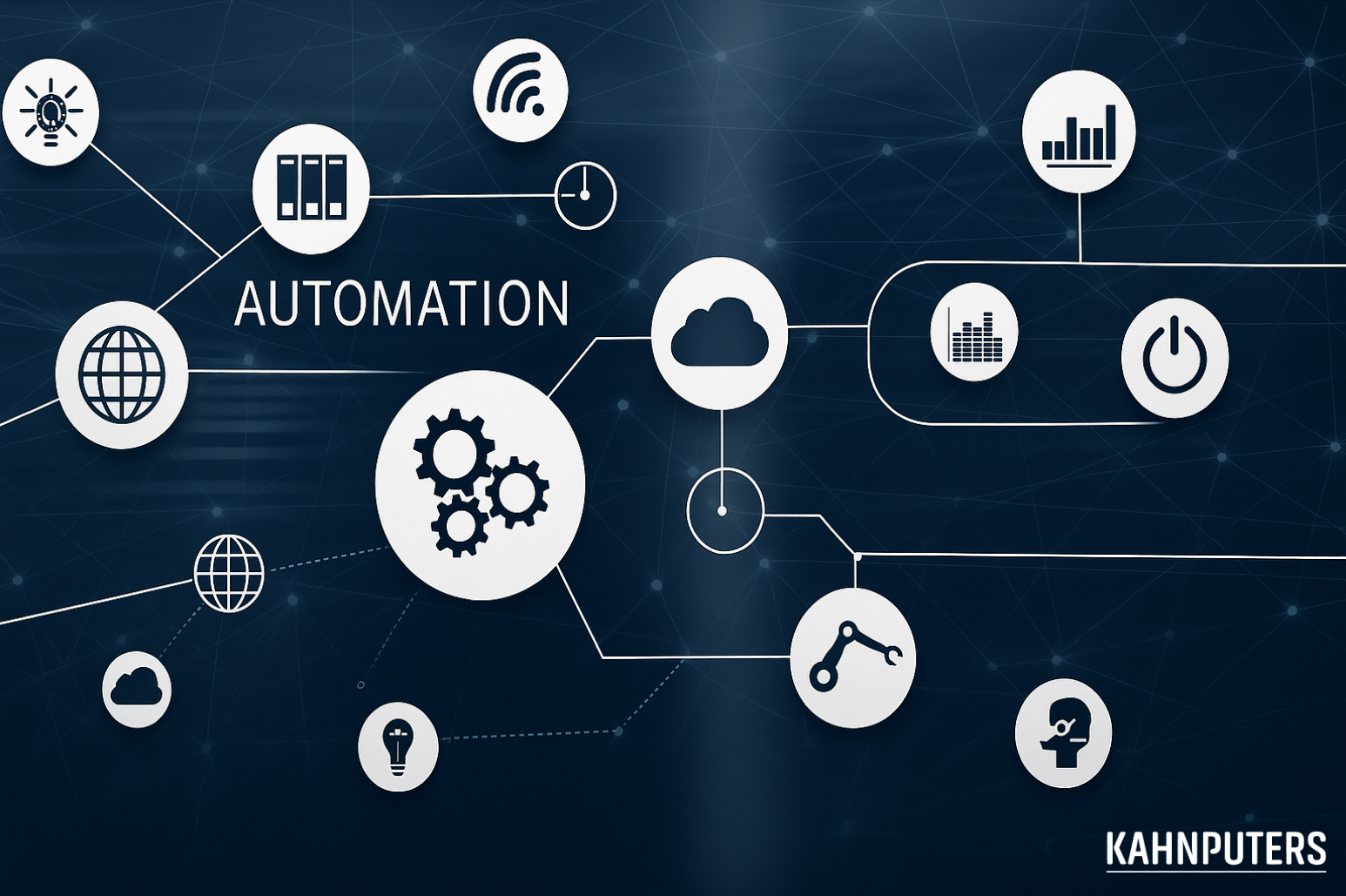Manual tasks, disconnected systems, and bottlenecked processes cost businesses more than just time—they block growth. Whether you’re managing customer onboarding, syncing data between platforms, or scheduling reports, chances are high that your team is still juggling some of it by hand.
Software automation services eliminate this friction. By connecting tools, streamlining workflows, and implementing intelligent logic, you free up time, reduce human error, and position your business to scale. In this blog, we explore how automation unlocks efficiency, what services deliver the most impact, and how to start building your automation-first strategy.
The Importance of Software Automation
Software automation is not just a trend; it’s a necessity for businesses aiming to stay competitive. Here’s why:
-
Cost Reduction: Automation minimizes manual effort, leading to significant cost savings.
-
Enhanced Consistency: Automated processes ensure tasks are performed uniformly, reducing errors.
-
Increased Speed: Tasks that once took hours can now be completed in minutes.
-
Scalability: Automation allows businesses to handle increased workloads without proportional increases in staff.
-
Real-Time Decision Making: Automated systems can process data and trigger decisions instantly.
From back-office operations to customer-facing services, automation is the backbone of modern, efficient businesses.
Comprehensive Software Automation Services
Implementing automation requires a holistic approach, integrating various services to ensure seamless operations. Here’s a breakdown of essential software automation services:
1. Workflow Automation
Streamlining internal processes is crucial for operational efficiency. Workflow automation focuses on:
-
Automated Onboarding: Simplifying the process of integrating new clients or employees.
-
Task Routing: Ensuring tasks are automatically assigned to the appropriate personnel.
-
Status Notifications: Keeping stakeholders informed about project progress.
-
Report Generation: Automatically creating and distributing reports via email or collaboration tools like Slack.
2. API Integrations
Connecting various software systems ensures data flows seamlessly across platforms. Key integrations include:
-
E-commerce Platforms: Integrating with Amazon SP-API, Walmart Marketplace, and Shopify for real-time data syncing.
-
CRM and ERP Systems: Ensuring customer and resource data is up-to-date across platforms.
-
Webhooks and Middleware: Using tools like AWS Lambda to create smart automation triggers.
3. Custom Admin Dashboards
Empowering teams with intuitive interfaces to manage operations without delving into code:
-
Rule-Based Portals: Dashboards that execute actions based on predefined rules.
-
Scheduling Tools: Automating tasks based on time or event triggers.
-
Multi-Step Workflows: Facilitating complex processes with multiple stages and approvals.
-
Role-Based Access: Ensuring team members have appropriate access levels.
4. Automation-First SaaS Development
For startups and enterprises developing Software as a Service (SaaS) products, embedding automation from the outset is vital:
-
Event-Driven Architecture: Designing systems that respond to specific events or triggers.
-
Serverless Computing: Utilizing services like AWS Lambda for scalable backend operations.
-
Embedded Analytics: Integrating real-time data analysis for informed decision-making.
-
Auto-Scaling: Ensuring the software can handle increased loads without manual intervention.
Technologies Powering Automation
Leveraging the right tools and platforms is essential for effective automation:
-
Cloud Services: AWS Lambda, SQS, and EventBridge for scalable and event-driven operations.
-
Programming Frameworks: .NET Core and React for robust application development.
-
Databases: Supabase and PostgreSQL for efficient data management.
-
Automation Tools: Zapier, Make (Integromat), and n8n for creating automated workflows.
-
AI Integrations: Amazon Bedrock and Claude for intelligent automation solutions.
These technologies ensure that automation solutions are not only effective but also adaptable to evolving business needs.
Strategic Approach to Automation
Implementing automation is more than just integrating tools; it’s about aligning technology with business objectives:
-
Understanding Business Processes: Analyzing existing workflows to identify automation opportunities.
-
Collaborative Development: Working closely with stakeholders to ensure solutions meet real-world needs.
-
Scalable Design: Building systems that can grow with the business.
-
Continuous Improvement: Regularly updating and refining automation processes for optimal performance.
This strategic approach ensures that automation initiatives deliver tangible benefits and support long-term growth.
Conclusion
Embracing software automation services is no longer optional; it’s a strategic imperative for businesses aiming to thrive in the digital age. By automating repetitive tasks, integrating intelligent workflows, and leveraging cutting-edge technologies, companies can enhance efficiency, reduce costs, and scale effectively.
If your organization is ready to transition from manual processes to automated excellence, now is the time to act.


